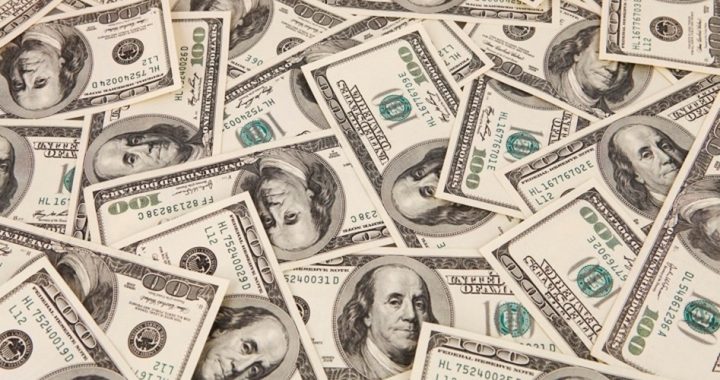
Everybody knew it was coming. With the economy continuing to founder, it was only a matter of time before Ben Bernanke and the Federal Reserve decided to turn once again — like the proverbial pig to its wallow — to printing money in a vain attempt to jolt the moribund American economy back to life. As with the first two such feckless efforts, they’re dressing this one in fancy verbiage — “quantitative easing” — that fools no one. This third round of quantitative easing — QE3 for short — announced on September 13, is just the digital equivalent of printing still more money, money that banks and other financials will either hoard in vaults or pour into equities, driving up stock prices but doing little to enliven the economy as a whole.
In point of fact, this latest Fed “stimulus” will end up doing more harm than good, prolonging and exacerbating an epochal downturn that refuses to go away — because America’s financial policymakers refuse to let the Great Correction run its course. The latest Fed initiative will involve the monthly purchase of up to $40 billion in mortgage-backed securities by the Federal Reserve, which it will pay for by expanding the money supply. The Keynesian logic (if such it can be styled) of this move is that the Fed purchases will keep mortgage rates low and encourage skittish American homebuyers to jump back into the market. More home purchases will get money circulating again, encouraging people to go out and shop and start running up their credit cards like they did in the go-go days prior to 2008.
The reality, as only a central banker, buffered from real-world business by a comforting cocoon of academic abstractions, could fail to grasp, is that most Americans are too busy struggling to find or keep employment, pay down debts, and avoid foreclosure to give any thought to taking out a mortgage on a new McMansion. Meanwhile, banks and big business, the primary beneficiaries of the Fed’s latest credit-buying binge, are too worried about dark clouds on the near-term economic horizon — continuing fiscal chaos in Europe and the impending “fiscal cliff” chief among them — to loan out or otherwise invest the new money productively.
What is likely to result from QE3 is rising prices coupled with stubbornly stagnant unemployment figures. With gasoline again at record highs and grocery costs soaring, inflation is starting take a serious bite at the checkout counter. As Peter Boockvar, equity strategist at Miller Tabak, told CNN Money recently, “I would love for Ben Bernanke to walk into a Wal-Mart and tell a person living paycheck to paycheck that high inflation will be good for them.”
And Boockvar is far from alone among investment professionals and economists in voicing concern over the latest round of quantitative easing. An August survey by CNN Money showed that a whopping 93 percent of investment strategists were opposed to QE3, and 77 percent of economists agreed with them. And as Martin Feldstein, Harvard economist and former chairman of the Council of Economic Advisors under Ronald Reagan, has pointed out, what will happen when the Fed has to begin raising interest rates once again, as it must? How will the economy fare when borrowing once again begins to cost serious money? This will be a particular concern for the granddaddy of all debtors, the U.S. government.
In fine, the Fed is caught in a snare of its own devising, unable to resist micromanaging the money supply, and unable to exert any influence save for the worse. If interest rates are kept at essentially zero, stagflation will continue apace; if they are raised, already hard-pressed debtors, including, perhaps, the government itself, may be forced to abandon any lingering semblance of fiscal responsibility.



